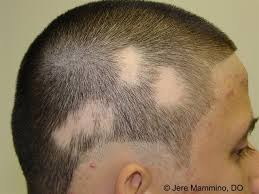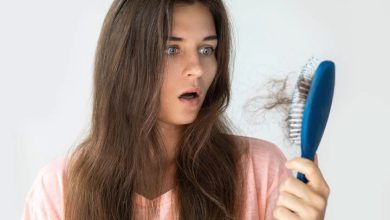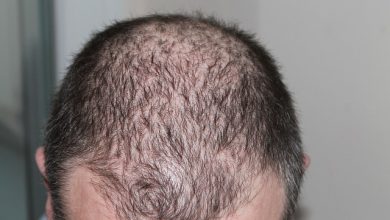Alopecia Treatment, Diagnosis, Causes Of Alopecia, Symptoms

What Is Alopecia ?
Loss of hair is medically known as alopecia. The most common site is scalp from where hairs are lost leaving bald spots. The most common cause of this disease is inherited genetic defects and autoimmune disorders and is diagnosed on the bases of clinical features. The problem normally resolves itself but sometimes treatment is needed.Olceton herbal product is the best treatment presently available for the treatment of this disease.
Alopecia Epidemiology:
This condition has no gender or race dominance but a slightly higher prevalence is seen in combination with some other conditions this includes allergies, hypothyroidism, asthma and atopic dermal ailments. Initial presentation is usually in young adulthood or late childhood.
Alopecia Classification:
The disease is further classified in six different types according to the size and area of the body it affects. When there is just a single bald spot it is known as alopecia areatamonolocularis while multiple bald spots is called Alopecia areata multilocularis. If whole scalp is diffusely involved then it is classified as diffuse alopecia areata. A patient having absolutely no hairs on scalp will be termed as patient of alopecia totalis while if not a single hair is present on patient’s body, not even on pubic region then is known as alopecia universalis.
Alopecia Symptoms And Signs:
The main Symptoms of Alopecia are absence of hair in round shape with superficially normal looking skin of scalp or beard. The underlying skin may become itchy or tingles and the area might show both hair loss and hair growth. The hairs are pulled out easily from the affected area of skin. The thinning of hair on scalp normally starts at the temples and move towards crown.
Alopecia Causes:
Despite the popular belief, alopecia is not a contagious disease. There are several Causes of Alopecia. It shows genetic association so can affect several members of a family. If the cause is autoimmune then the possible mechanism is clustering of T-lymphocyets around the hair follicles leading to inflammation resulting in hair loss. Metabolic defects as well as hormonal imbalance are also sometimes associated with the disease.

Alopecia Diagnosis:
Alopecia Diagnosis is done on the bases of clinical examination. The trichoscopy will reveal yellow dots and black dots indicating hyperkeratotic plugs in shape of exclamation mark and destructed hairs respectively. It is a non-invasive procedure done with the help of video dermoscope or hand handle dermoscope. The biopsy is also very helpful showing increased telogen ratio, pigment disruption in hair bulb and peribulbar lymphocytic infiltrate indicating inflammation.
Alopecia Treatment:
The Alopecia Treatment is normally not needed as the diseases resolve itself. If needed then corticosteroids are used. One of the most effective medications is olceton an herbal product in which 100% natural formula is used. The effects caused by this disease are mostly psychological and secondary due to hair loose of that particular area.The surgical treatment which can be done is hair transplantation in which hair plugs from the area of skin is auto grated to the bald area.
Alopecia Herbal Treatment:
It can be triggered by an extensive array of things including diet, genes, stress, inflammation, or a chaos of various sorts. While many people use chemical treatments to control their hair loss, I have exposed natural remedies and dietary changes that work to treat two of the three root causes of alopecia.
Alopecia Herbal Treatment that aim the two variable causes of permanent hair loss also exist that can be used instead or to complement treatments. They are safe for anyone of any age and they can also stimulate new, stronger hair.
Related Information:



